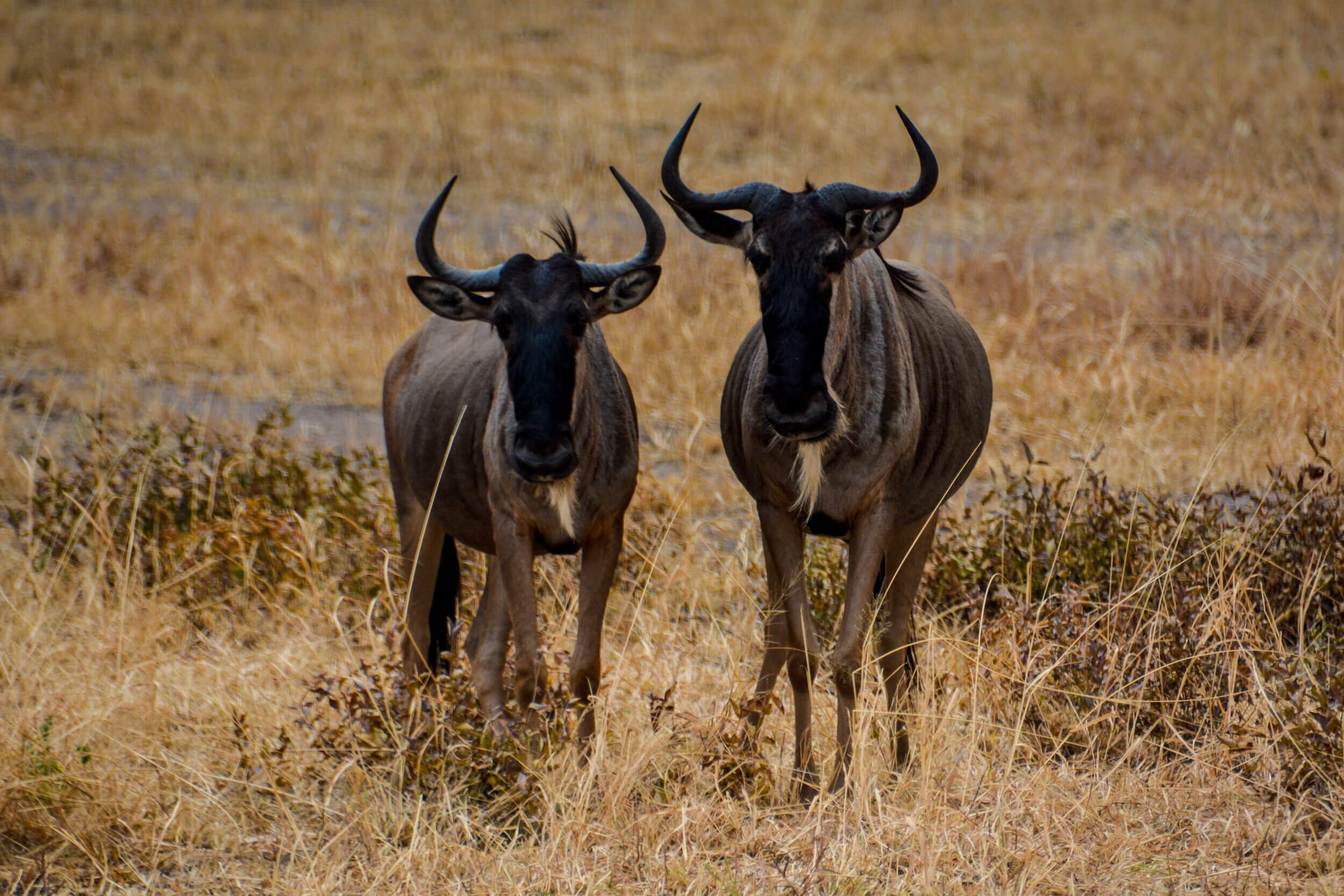Tanzania is a great destination year-round. The abundance and diversity of wildlife will always be very impressive, especially in the Northern region & parks, where we base our safaris. That being said, each season has different advantages.
JANUARY, FEBRUARY, & MARCH
These are the drier months in Tanzania, with occasional rain. Afternoon temperatures are consistently warmer (a bit above or below 30°C/86°F) with clear skies and sunny weather. Mornings can still be cool in most Northern parks, due to the higher altitude. This short, dry season is a great time to visit and is considered high season, with normal tourist numbers.
APRIL & MAY
This is the green season. These are the wettest months and it tends to rain almost every day, although rarely does it rain for the entire day. Due to the abundance of water and ripe vegetation, animals are generally more dispersed, however, and you may have to work a little harder to spot some of them. This is also a quieter travel season with fewer tourists.
JUNE - OCTOBER
There is little rainfall during this period and humidity is low. Cooler temperatures in the early morning and evening/night necessitate warmer clothing (layers, sweaters, etc.) Afternoon temperatures are usually between 20°C/68°F and 30°C/86°F. Most days have clear skies and sunny weather. It can, however, get crowded with tourists in the national parks - especially in game viewing hot-spots such as Ngorongoro and Central Serengeti.
NOVEMBER & DECEMBER
These months are considered 'short rain' months. Short rains are small tropical showers that rarely interfere with your safari. In fact, they offer a welcome respite from the prior drier period. Otherwise, the weather during these months generally sees mainly blue skies, sun, and consistently warmer afternoon temperatures (a bit above or below 30°C/86°F). This period is considered high season, with normal tourist numbers.
